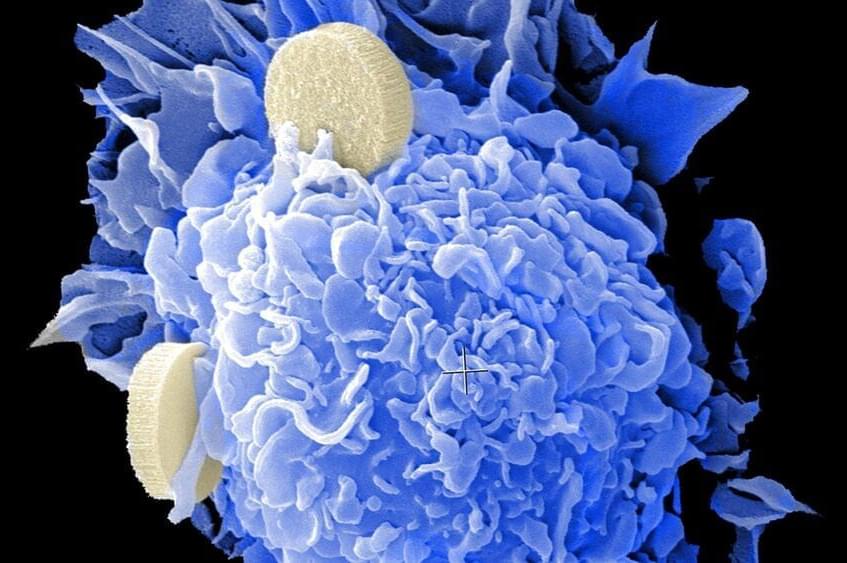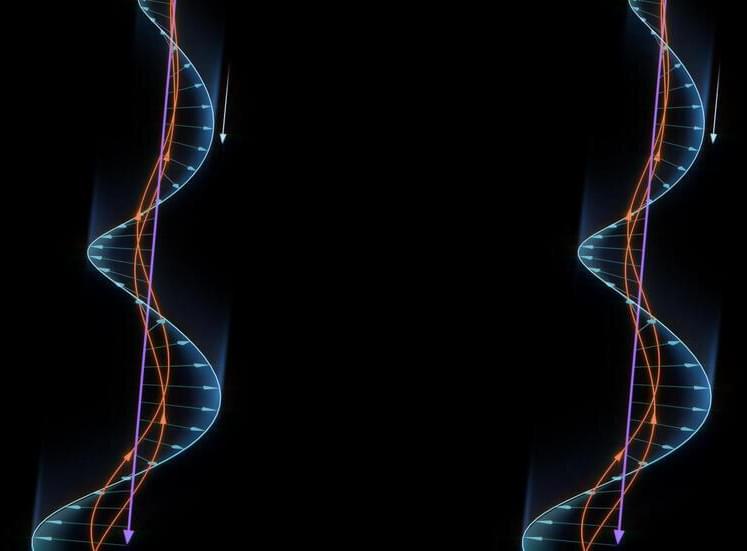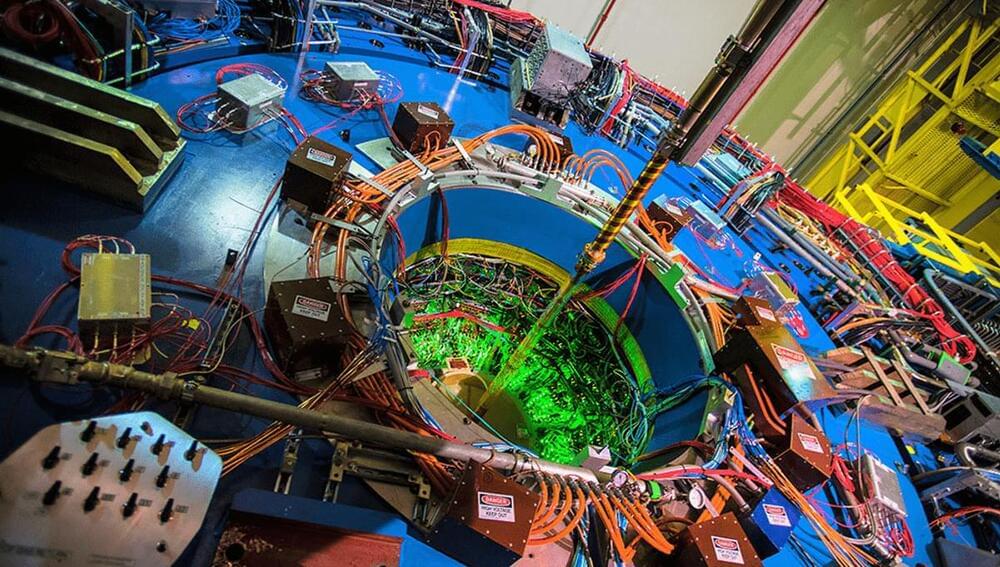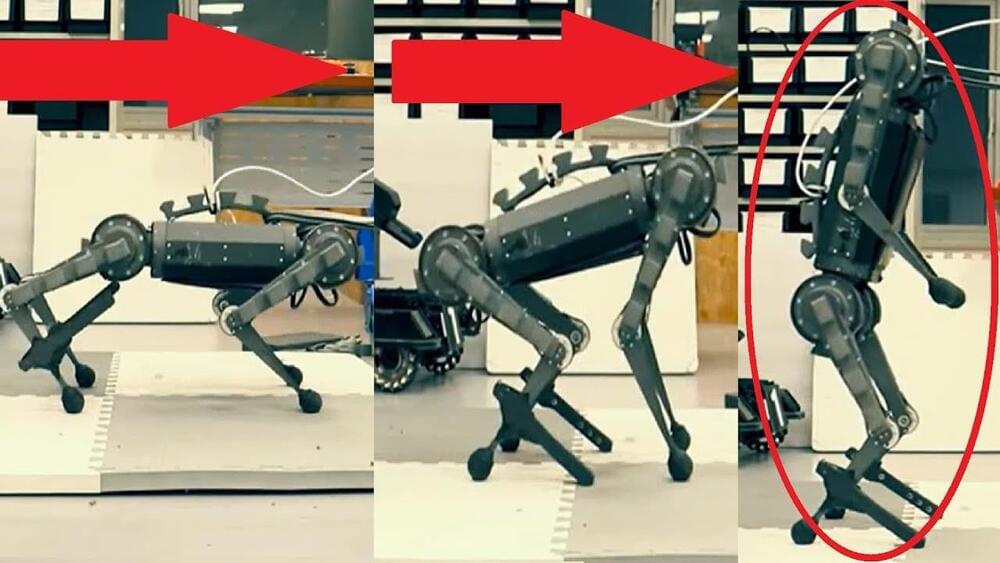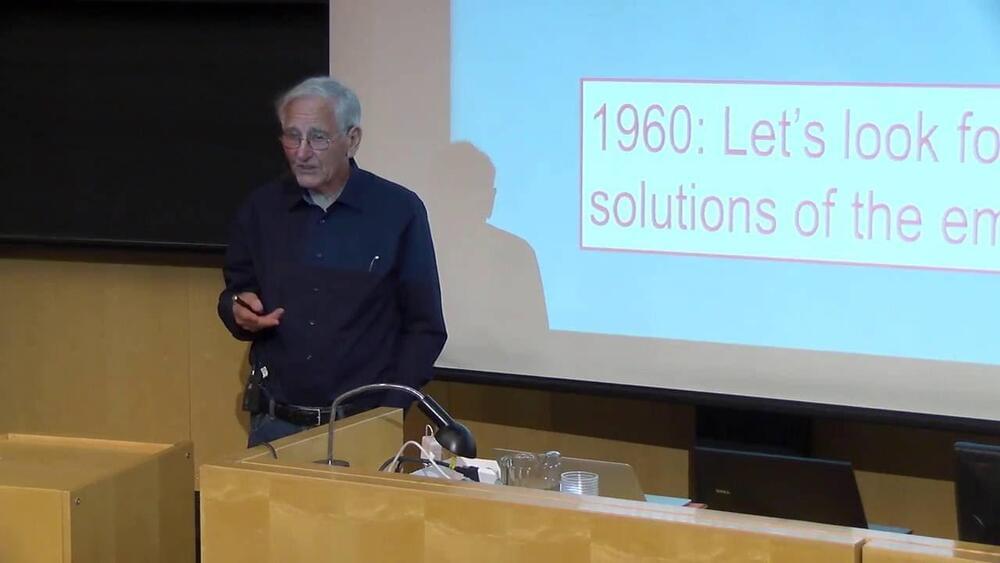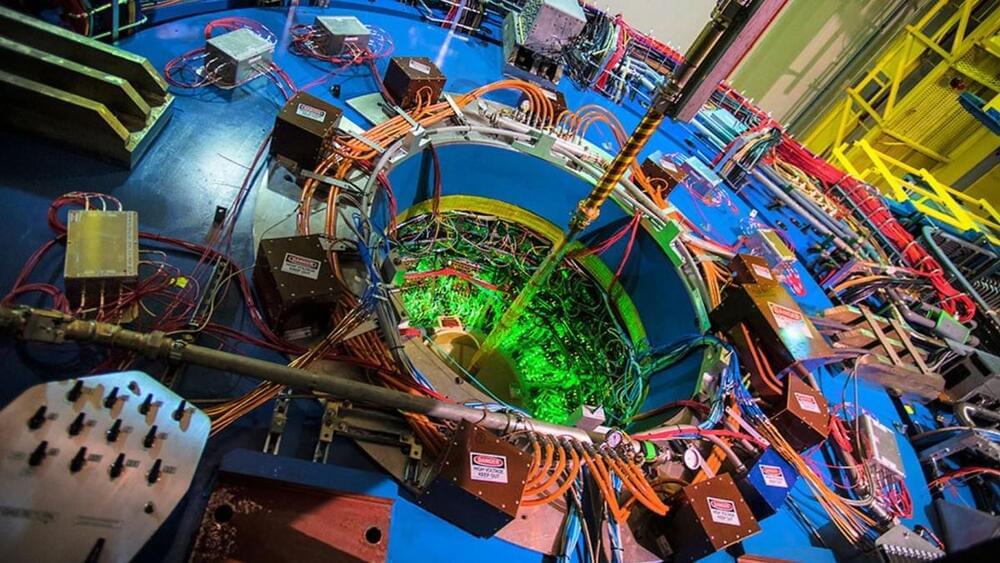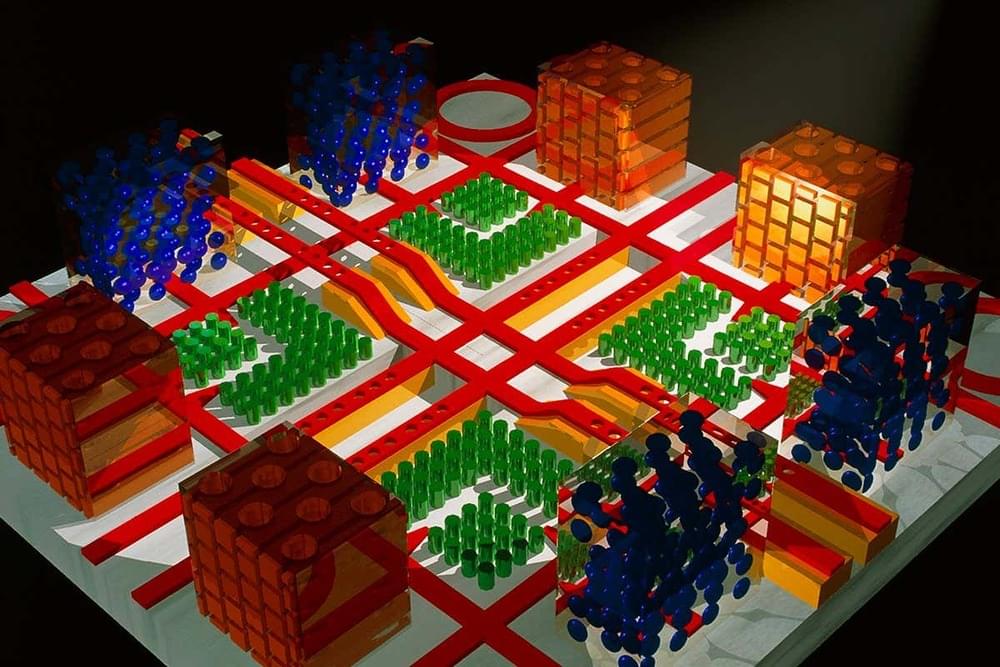Jan 8, 2023
How these factors could lead to better nanomedicine treatments
Posted by Gemechu Taye in categories: biological, biotech/medical, particle physics
Better treatments are definitely on the way.
Nanomedicines took the spotlight during the COVID-19 pandemic. Researchers are using these very small and intricate materials to develop diagnostic tests and treatments. Nanomedicine is already used for various diseases, such as the COVID-19 vaccines and therapies for cardiovascular disease. The “nano” refers to the use of particles that are only a few hundred nanometers in size, which is significantly smaller than the width of a human hair.
NIH Image Gallery/Flickr.
Continue reading “How these factors could lead to better nanomedicine treatments” »
